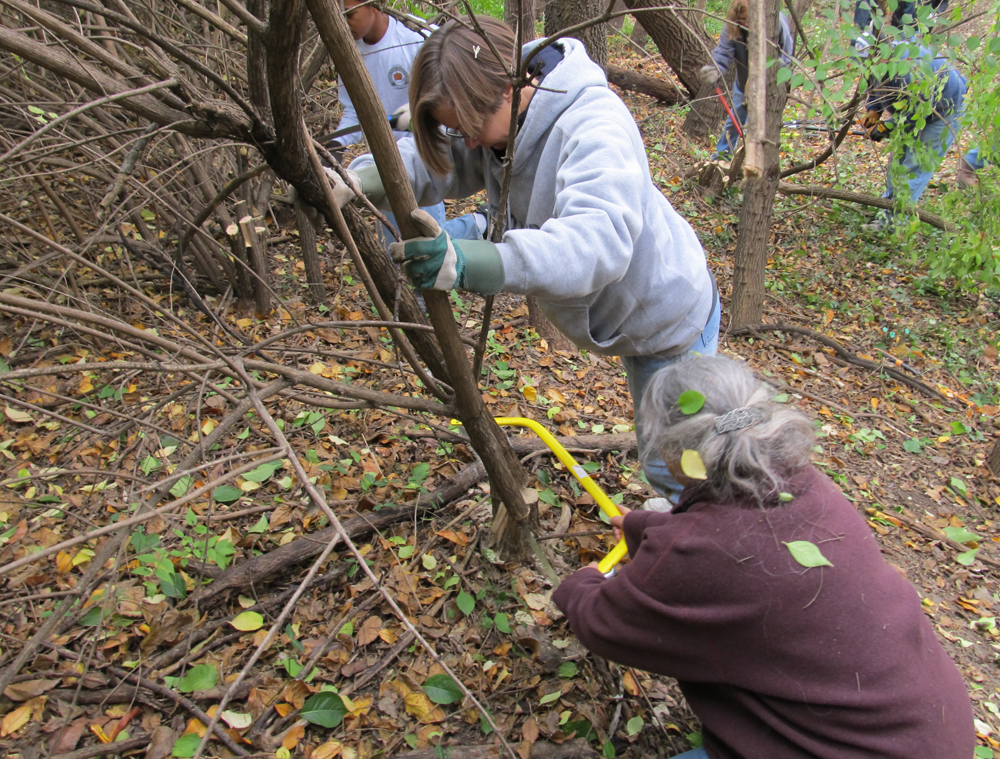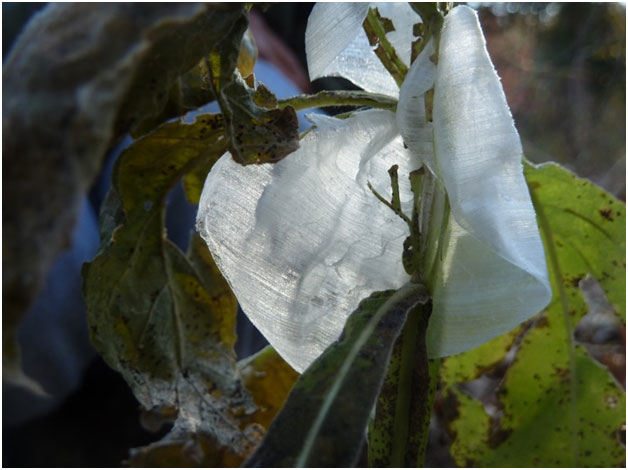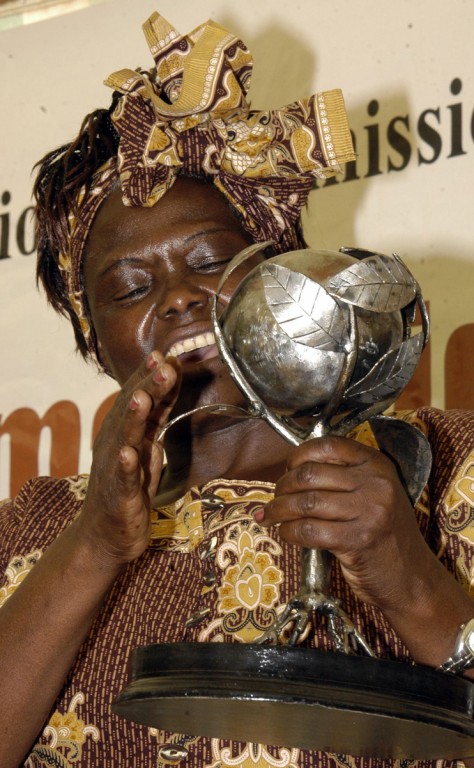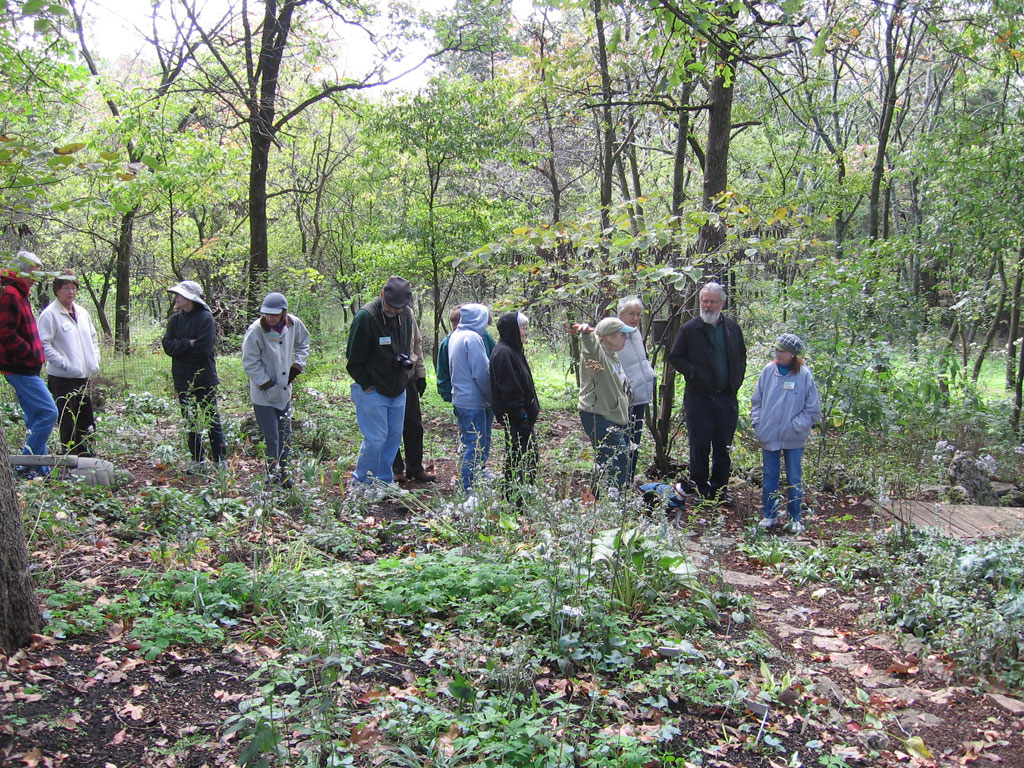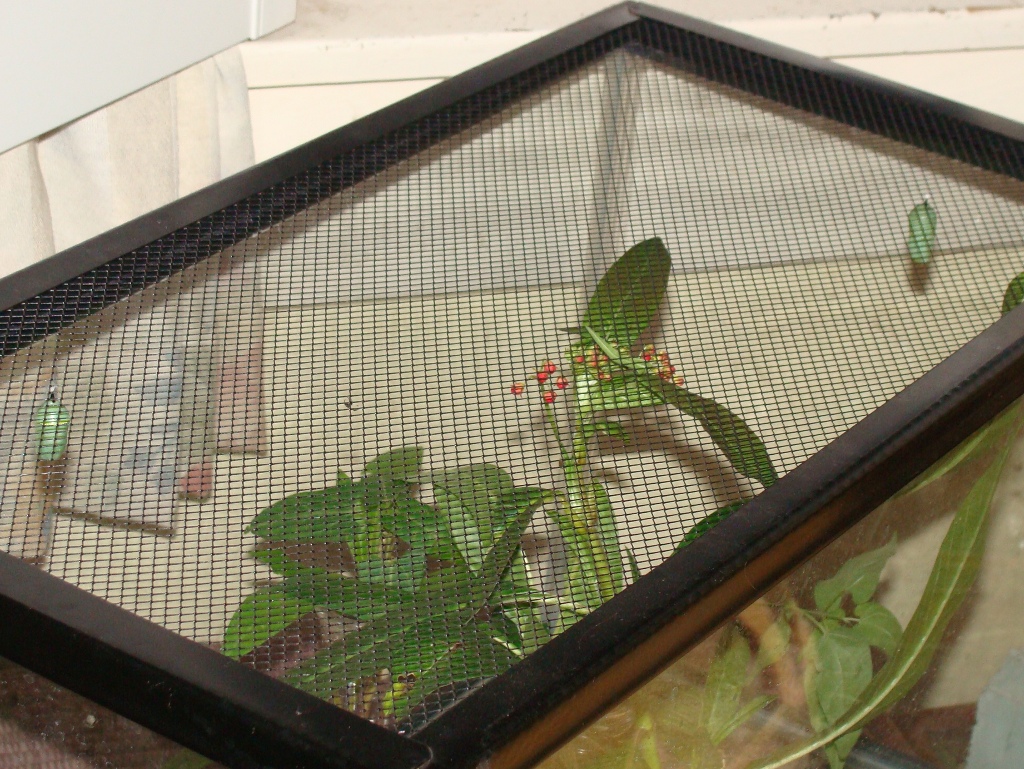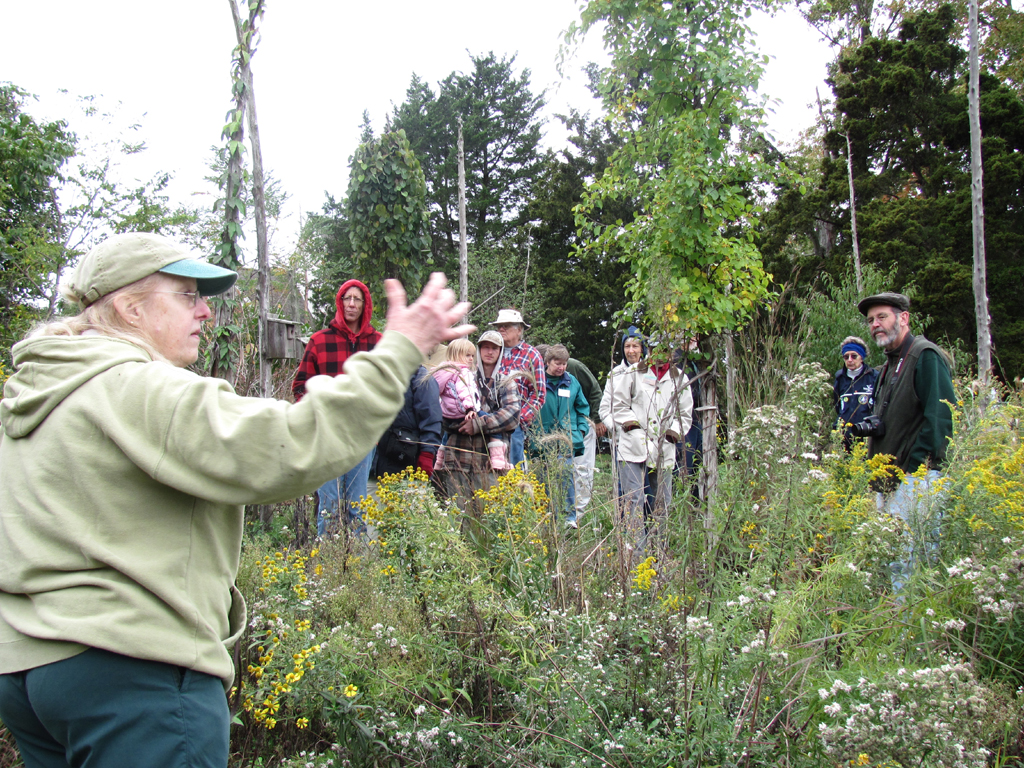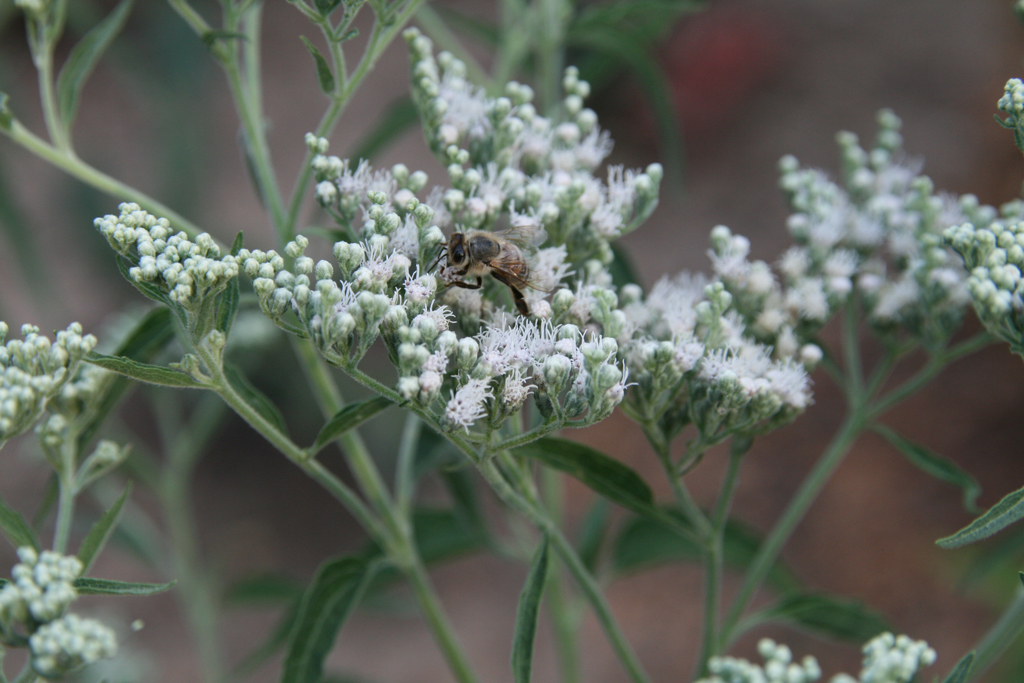November 2012 meeting minutes
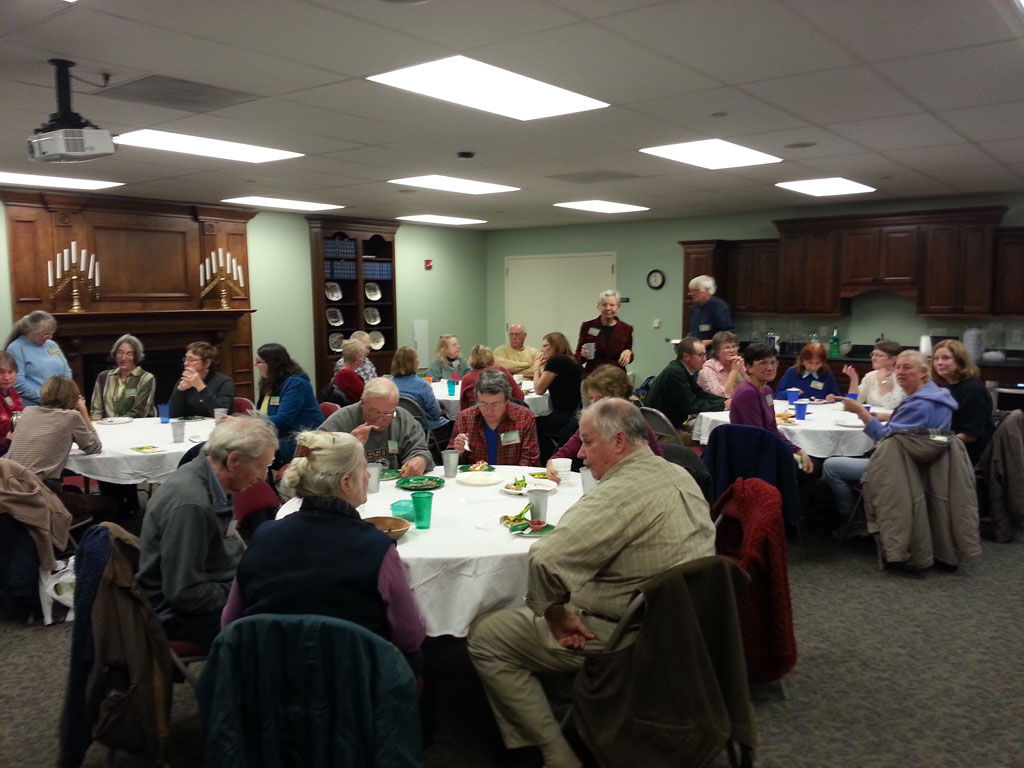
Members were joined by three guests at our annual potluck dinner and seed exchange, held at the First Presbyterian Church of Kirkwood. Copies of our chapter membership list and the 2013 meeting and event calendar were distributed. Discussion Topic Several members described successes and challenges of the year in their…

